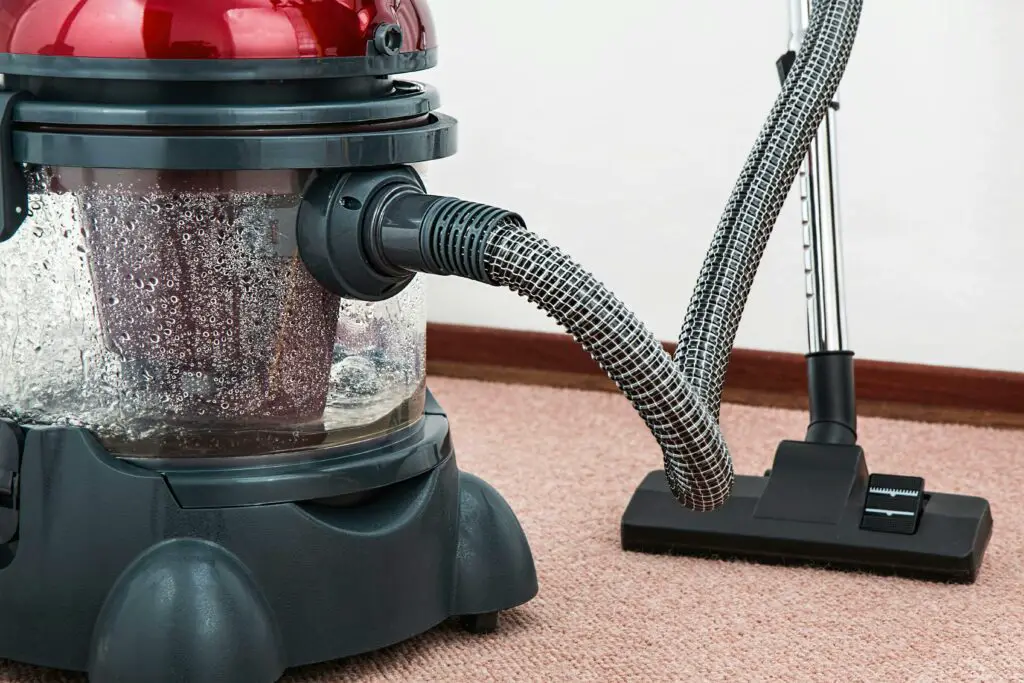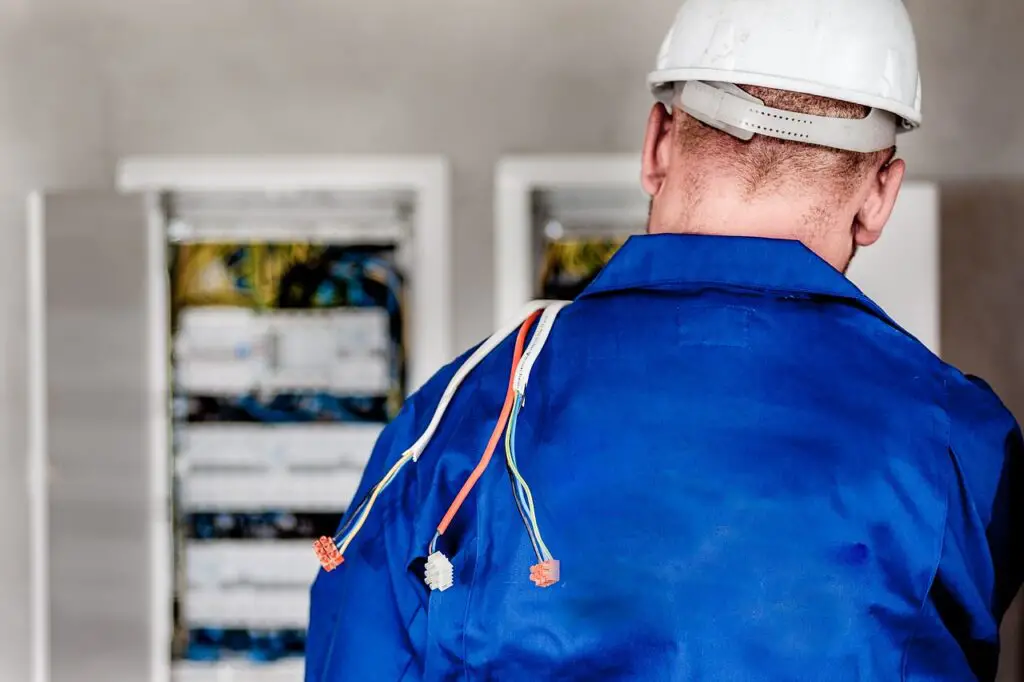Enhancing your property’s appeal can be as simple as maintaining clean and fresh carpets. The state of your carpets can drastically alter the appearance and feel of any space, having an immense impact on your property’s overall attractiveness.
You might already understand the importance of clean carpets but struggle to achieve the ideal result. That’s where a professional, like the specialist in cleaning rugs, comes into play. They have the expertise and equipment to rejuvenate even the most stubborn stains.
Their services not only improve aesthetics but also remove allergens, providing a safer environment. With cleanliness being such a vital factor in property appeal, let professionals handle this critical task for you.
The Importance of Fresh Carpets
Maintaining fresh carpets in your property can significantly boost its appeal. Clean carpets not only look good aesthetically but offer various beneficial factors.
Property buyers often pay more attention to homes that show a high level of cleanliness, nurturing an inviting atmosphere. Carpet cleaning plays an essential role in this process.
Keeping your carpets clean contributes to a healthier environment. Dirty carpets can harbor allergens, dust mites, and even mildew, which may negatively impact your home’s atmosphere.
- High-quality Aesthetics: Freshly cleaned carpets simply look better, adding to your property’s desirability and charm.
- Increased Longevity: Regular cleaning can extend your carpet’s lifespan, saving you the cost of premature replacement.
- Improved Air Quality: Carpet cleaning helps reduce allergens and pollutants, enhancing the overall air quality inside your property.
- Better Health Protection: Clean carpets provide a healthier living environment by reducing unwanted elements that could trigger allergies or respiratory issues.
A fresh and clean carpet is a sustainable way of maintaining and boosting your property’s appeal. It shows care for one’s space and respect for potential buyers.”
The benefits of keeping your carpets clean go beyond mere aesthetics. The effort pays off with positive impressions, increased home value, and overall quality living conditions.
Assessing Your Current Carpet Condition
Your carpet tells a story about your home. Stains, odors, and worn-out areas might signal that it’s time for a deep clean or outright replacement.
Determining Cleanliness Level
For accurate evaluation, consider the color, texture, and smell of your carpet. Persistent unpleasant odors or unusually rough textures indicate severe dirt accumulation.
A drastically faded color might show a need for professional cleaning. Continuous foot traffic could result in discoloration.
Potential Health Impacts
Beyond aesthetics, an unclean carpet directly impacts your health. Dust, bacteria, and allergens trapped in the fibers could trigger allergies or respiratory issues.
In the long run, continuous exposure to these ill-effects may lead to chronic breathing problems. Regularly scheduled cleaning should mitigate these health risks.
Selecting the Right Cleaning Method
You might wonder how to select an efficient carpet cleaning method. Factors include carpet material, stain types, and level of dirtiness.
Should you opt for steam cleaning or dry cleaning? Your decision hugely impacts the cleanliness and longevity of your precious carpets.
- Steam Cleaning: This method uses hot water extraction which not only deep cleans but also sanitizes the carpet. It’s best for thorough, annual cleanings.
- Dry Cleaning: A low moisture system that uses chemical solvents to ‘dry clean’ carpets. It’s perfect for quick clean-ups and routine maintenance.
- Encapsulation Cleaning: A foam-based process, this method traps dirt particles which later can be vacuumed away. Great for lightly soiled carpets.
The right cleaning method enhances the lifespan of your carpets while maintaining their fresh look and feel. Not only do they uplift the appeal of your property, but they also ensure a healthier living environment with reduced allergens.
You’d best use professional services every now and then which could assure perfect cleaning outcomes. This Goodhousekeeping post could provide you with some insightful tips too.
Preparing Your Carpet for Cleaning
Have a neatly vacuumed carpet before professional cleaning. This removes any surface dirt that could block the cleaning equipment, allowing it to be more effective.
Identify Carpet Material
Knowing your carpet’s material is crucial. It determines what kind of cleaning products to use, preventing unwanted damages and ensuring a thorough clean.
Some materials could react badly with certain cleaners. Be sure to test any new products on a smaller unseen area to avoid widespread harm to your carpet.

Tackle Persistent Stains
Treat any stubborn stains before the general cleaning. Use appropriate stain removers, spot cleaners, or home remedies like vinegar and baking soda solutions.
Persistent stains might require additional attention from specialists. They are equipped with powerful cleaning technologies designed specifically to combat such tough spots.
Clear The Area
Create ample space for cleaning by moving out furniture obstructing the carpet. It ensures every corner of the carpet is accessible and thoroughly cleaned.
Moving out furniture also prevents them from getting soaked or stained during the cleaning process, maintaining their aesthetic value alongside the carpet’s freshness.
Executing the Carpet Cleaning Process
Your carpets are (arguably) the hardest working part of your home. They bear all foot traffic, spills, and pet messes, silently accumulating dirt and dust.
Preparation: Clearing Stage
Before you jump into cleaning, you must prepare the carpet. Remove anything that could obstruct like furniture and pet toys. Area rugs should be addressed separately.
Regular vacuuming is key to maintaining clean carpets. This helps get rid of loose dirt particles before they infiltrate deeper into your carpet fibers.
Deep Cleaning: Agitation Process
A deep thorough steam cleaning method can fully eliminate ingrained dirt and bacteria. It rejuvenates your carpet, boosting its texture and overall look.
Note that overly dampening carpets can lead to microbial growth or warp hardwood flooring beneath, if any. Therefore, it’s crucial to manage moisture levels wisely.
Maintenance: Regular Care
Post-cleaning maintenance plays a pivotal role in preserving your carpet’s fresh look. Regular vacuuming, spot cleaning, and annual professional service are recommended.
This comprehensive approach lengthens your carpet’s lifespan and maintains their contribution to your property appeal.
Maintaining Carpet Freshness After Cleaning
Restoring your carpet’s freshness involves more than just a thorough clean. A regular maintenance routine is essential for keeping it fresh and vibrant.
Regular Vacuuming is Key
You cannot undervalue the power of frequent vacuuming. It helps to maintain cleanliness by removing dirt before it penetrates deep into your carpet.
Swift Stain Removal
Removing stains quickly prevents them from setting. Always blot stains, don’t scrub as this might harm the carpet fibers and spread the stain.
Routine Professional Cleaning
Schedule a professional cleaning at least once a year. Experts have skills and tools that deliver a deeper, more effective clean.
Invest in High-Quality Carpet
Purchasing a high-quality carpet translates to easier maintenance. They’re built to withstand high traffic and resist stains more effectively than their cheaper counterparts.
Evaluating Carpet Appeal Post-Cleaning
Upon cleaning, you noticeably touch and scrutinize your carpet. The freshness beneath your feet is undeniable; it’s the proof of a successful clean.
Still, knowing that cleanliness is subjective, you can conduct more extensive evaluations. They reveal subtle aspects of your carpet often overlooked during cursory inspections.
- Glint under Light: Properly cleaned carpets show a renewed sheen, especially under ample lighting. Take note of its shine post-cleaning.
- Sense of Fragrance: An appealing scent indicates effective cleaning. It also adds to the room’s aesthetic appeal.
- Texture Observation: Feel the texture of your carpet. A deep clean should leave it soft to the touch, enhancing comfort.
- Stain Check: A thorough check for any stubborn stains left shows how effective the cleaning has been and areas needing extra attention next time.
You must consider different factors when assessing carpet appeal after cleaning. It’s about more than just appearance; it’s about hygiene and comfort too.
Careful evaluation post-cleaning ensures that you maintain that nice blend of cleanliness and charm in your carpet, boosting its overall appeal.
Your Carpet Transformation
Freshen your carpets to enrich their appeal. It’s more than just cleanliness; it’s a transformation. By embracing the right method, you enhance your property’s charm. Remember, your continual care retains this freshness post-cleaning.












